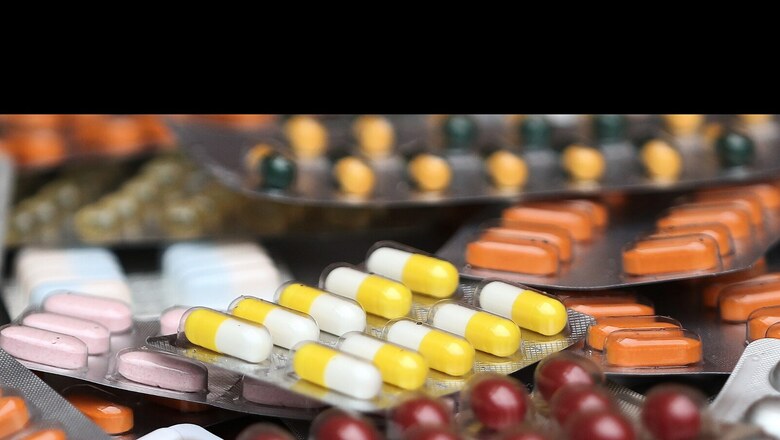
views
The monthly expenses on your diabetic and cardiac medicines may soon go down as the Narendra Modi government is ready with a list of drugs to cut trade margins, News18.com has learnt.
The move, primarily driven by the Department of Pharmaceuticals under the Ministry of Chemicals and Fertilizers, has submitted the list of 106 formulations where the trade margins will be cut.
Trade margin is the difference between the price to trade for manufacturers and the price to patients as the maximum retail price (MRP).
Out of 106 formulations, around 60 are cardiac and hypertension medicines and the rest are mostly anti-diabetic drugs. A few drugs are for neuropathic pain, epilepsy and Vitamin B12 supplements. Based on rough estimates, it is likely to impact more than 5,000 brands of medicines.
The list, seen by News18.com, contains majority of top selling formulations in cardiac-hypertension drugs, including atorvastatin, telmisartan, clopidogrel, rivaroxaban, cilnidipine, moxonidine, dabigatran and metoprolol.
In anti-diabetic drugs, top prescribed formulations are included such as glimepiride, metformin, gliclazide and the advance gliptin family of drugs such as teneligliptin, vildagliptin and sitagliptin.
The list covers formulations with different strengths starting from 1mg to more than 1000mg capsules or tablets. It also includes a few drugs, such as gabapentin and methycobalmin. While the former is used in the treatment of neuropathic pain and epilepsy/seizures, the latter is used as the supplement of vitamin B12.
News18.com had first reported about the government’s plan to slash the trade margins on July 8.
Why Govt Plans to Slash Trade Margins?
The entire exercise is being monitored by S Aparna, Secretary in the Department of Pharmaceuticals, Ministry of Chemicals and Fertilizers. The DoP is working closely with the drug price watchdog, National Pharmaceutical Pricing Authority (NPPA), to slash margins. These departments, in turn, are coordinating with the Ministry of Health and Family Welfare.
“The categories of cardiac and anti-diabetic drugs have been chosen in the first phase as both segments include the medicines which are mostly prescribed for lifelong term or for relatively longer-term. The fall in the prices of medicines will bring a sigh of relief to millions of the patients and their families,” said a top government official privy to the developments.
“We also believe that with the move, unethical practices promoted by the traders will get curbed as there are several trade promoted brands in these segments,” the official added.
In 2018-19, the NPPA had put a cap on trade margins of 42 select non-scheduled anti-cancer medicines. Union Health Minister Mansukh Mandaviya had said in the Lok Sabha that the move resulted in reduction of up to 90% of the MRP of 526 brands of these medicines.
According to the study on TMR analysis conducted by NPPA, a trader’s margin moves higher with the price of a tablet. It found, for instance, that if a tablet is priced up to Rs 2, in the majority of the brands, the margin is up to 50%, whereas if its cost is between Rs 15 and Rs 25, the margin is less than 40%.
At least 2.97% of medicines in the Rs 50-100 per tablet category have trade margins between 50% and 100%, 1.25% in the category have margins between 100% and 200%, and 2.41% have margins between 200% and 500%.
Read the Latest News and Breaking News here




















Comments
0 comment